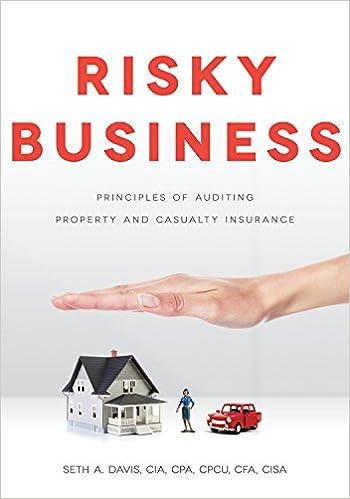Question
hw.1.Backflush versus Traditional Costing: Variations 3 and 4 Potter Company has installed a JIT purchasing and manufacturing system and is using backflush accounting for its
hw.1.Backflush versus Traditional Costing: Variations 3 and 4
Potter Company has installed a JIT purchasing and manufacturing system and is using backflush accounting for its cost flows. It currently uses a two-trigger approach with the purchase of materials as the first trigger point and the completion of goods as the second trigger point. During the month of June, Potter had the following transactions:
| Raw materials purchased | $245,000 |
| Direct labor cost | 41,000 |
| Overhead cost | 204,750 |
| Conversion cost applied | 266,500* |
*$41,000 labor plus $225,500 overhead.
There were no beginning or ending inventories. All goods produced were sold with a 60 percent markup. Any variance is closed to Cost of Goods Sold. (Variances are recognized monthly.)
Required:
1. Prepare the journal entries for the month of May using backflush costing, assuming that Potter uses the completion of goods as the only trigger point. For a compound transaction, if an amount box does not require an entry, leave it blank. Prepare your entries in the following order: (a) completion of goods, (b) cost of sales, (c) sales revenue, and (d) recognition of the variance between applied and actual production costs.
| a. | |||
| b. | |||
| c. | |||
| d. | |||
2. Prepare the journal entries for the month of May using backflush costing, assuming that Potter uses the sale of goods as the only trigger point. For a compound transaction, if an amount box does not require an entry, leave it blank. Prepare your entries in the following order: (a) completion and sale of goods, (b) revenue from sales, and (c) recognition of the variance between applied and actual production costs.
| a. | |||
| b. | |||
| c. | |||



Step by Step Solution
There are 3 Steps involved in it
Step: 1

Get Instant Access to Expert-Tailored Solutions
See step-by-step solutions with expert insights and AI powered tools for academic success
Step: 2

Step: 3

Ace Your Homework with AI
Get the answers you need in no time with our AI-driven, step-by-step assistance
Get Started


